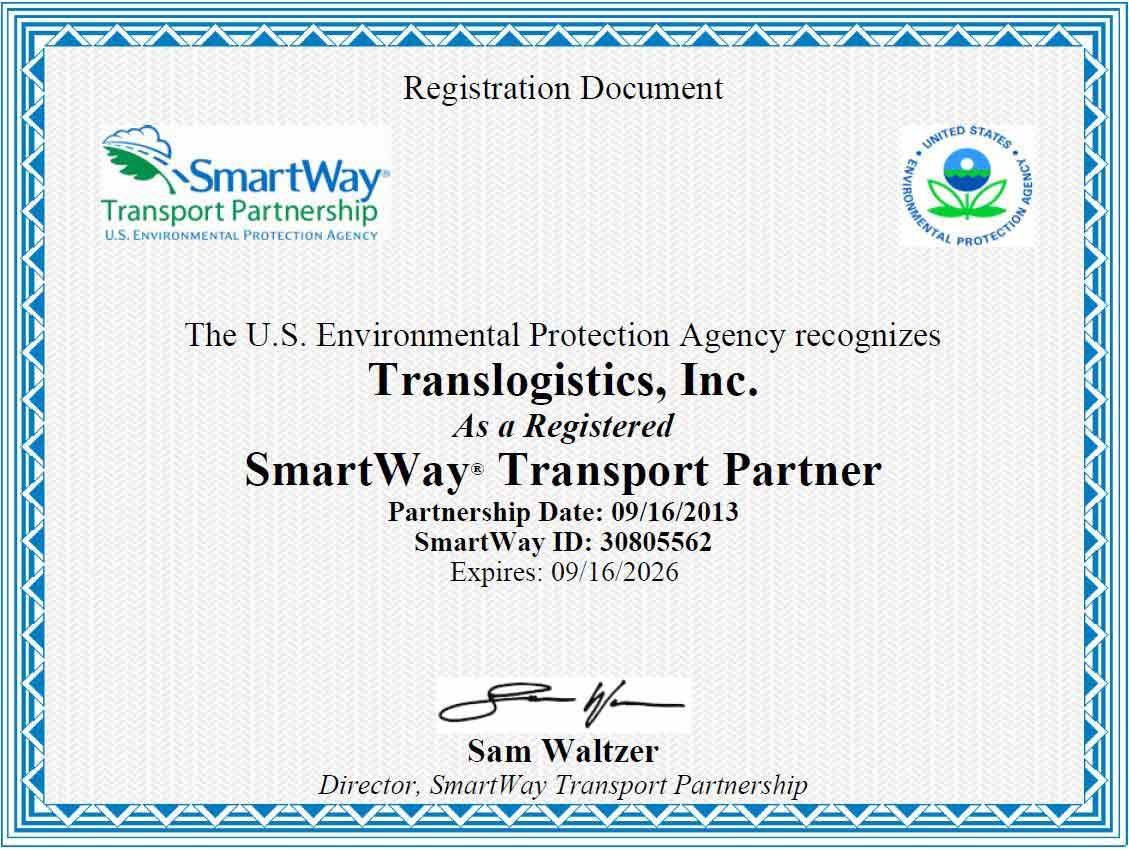DOT Cuts Trucking Red Tape with 52 Deregulatory Actions
A New Era of Deregulation Begins
The U.S. Department of Transportation (DOT) just unveiled a bold plan. It’s cutting more than 50 trucking regulations in one of the largest deregulatory efforts in years. Secretary of Transportation Sean Duffy said the goal is clear—remove outdated rules that no longer make sense.
The DOT’s May 29 proposal includes changes from three major agencies: FMCSA, NHTSA, and FHWA. From ELD manual rules to crash test dummies, these cuts aim to modernize the federal rulebook. According to Duffy, these reforms will save money and time without putting safety at risk.
This push is part of a larger national strategy called “Unleashing Prosperity Through Deregulation.” It's designed to reduce red tape and make the government more efficient.
Outdated Rules Finally Get the Axe
Among the most discussed changes is the removal of old safety standards. Some apply to parts of trucks that have already been upgraded by the industry. DOT says these are no longer needed because technology has evolved. Other changes include no longer requiring in-vehicle ELD manuals or extra labels on rear-impact guards. These adjustments are expected to ease compliance headaches for carriers and manufacturers alike.
Commercial drivers also benefit. One major update ends the rule requiring them to self-report traffic violations. States already share this data electronically, so DOT sees this rule as redundant. In addition to those changes, license plate lamp requirements will be loosened for trucks towing trailers. Likewise, retroreflective tape rules are being dropped for older trailers.
Truckers won’t need to carry spare fuses anymore. Outdated references to things like liquid flares and water carriers are also getting cut. Even tire markings are getting simplified, which helps both drivers and manufacturers. This overhaul aims to create real relief—not just on paper. These aren’t just symbolic changes. They eliminate thousands of words from the Code of Federal Regulations, streamlining how safety is regulated on the road.
One significant update affects military drivers. Military technicians will no longer face duplicate CDL requirements. Since they undergo advanced training, DOT sees no reason to require civilian re-certification. On the safety tech side, crash test rules for car seats are getting smarter. NHTSA will use a child-size dummy that better fits real-world use. This change helps car seat makers develop and test products more efficiently.
By modernizing both training and safety tech standards, DOT hopes to balance safety with innovation. These small changes ideally will add up across an industry constantly under pressure to evolve and reduce operating costs to remain competitive.
English Proficiency Standards Return
Tied to the DOT’s proposal is a new presidential executive order. It mandates that all commercial drivers in the U.S. must be proficient in English. This policy reinstates earlier standards removed under the Obama administrations.
CVSA will add an “English Proficiency (U.S. Only)” heading to the “Part I – Driver” section of the North American Standard Out-of-Service Criteria with the following language: Driver cannot read and speak the English language sufficiently to communicate with the safety official to respond to official inquiries and directions in accordance with FMCSA enforcement guidance. (391.11(b)(2)) Declare driver out of service.
CFR 391.11(b)(2), “General qualifications of drivers,” states that a driver must be able to read and speak the English language sufficiently to converse with the general public, to understand highway traffic signs and signals in the English language, to respond to official inquiries, and to make entries on reports and records.
It also calls for stricter monitoring of CDLs granted to non-residents. President Trump has demanded enforcement during roadside checks to ensure drivers can understand and follow safety instructions. DOT plans to enforce these language rules more clearly moving forward. According to the administration, communication is a core safety issue—especially during roadside inspections and emergencies.
The Numbers Behind Deregulation
In total, the DOT’s deregulatory actions will remove over 73,000 words from the Federal Register. That’s more than just legal clutter—it’s a major step in simplifying compliance for the trucking industry.
Of the 52 actions:
- 43 are at the proposal stage
- 7 are final rules
- 2 are formal withdrawals
Each cut is targeted. These rules were either duplicative, obsolete, or provided no measurable safety benefits. The agencies involved stress that none of the rollbacks will compromise public safety.
DOT says this is only the beginning. Under Executive Orders 14192 and 14219, every new rule must come with major offsets. The Trump administration’s “10-for-1” rule mandates that for every new regulation introduced, 10 must be removed.
The result is a smaller, more agile regulatory footprint. Truckers, fleets, and suppliers should see fewer paperwork burdens and faster innovation timelines. Still, critics argue that too much deregulation could open the door to safety issues. DOT insists every decision was made with input from industry leaders and safety groups. Transparency, they say, remains a top priority.
TLI Insights
Get the latest logistics insights and tips from TLI's award-winning team. Stay ahead in transportation planning.
Questions? Email us at marketing@shiptli.com



